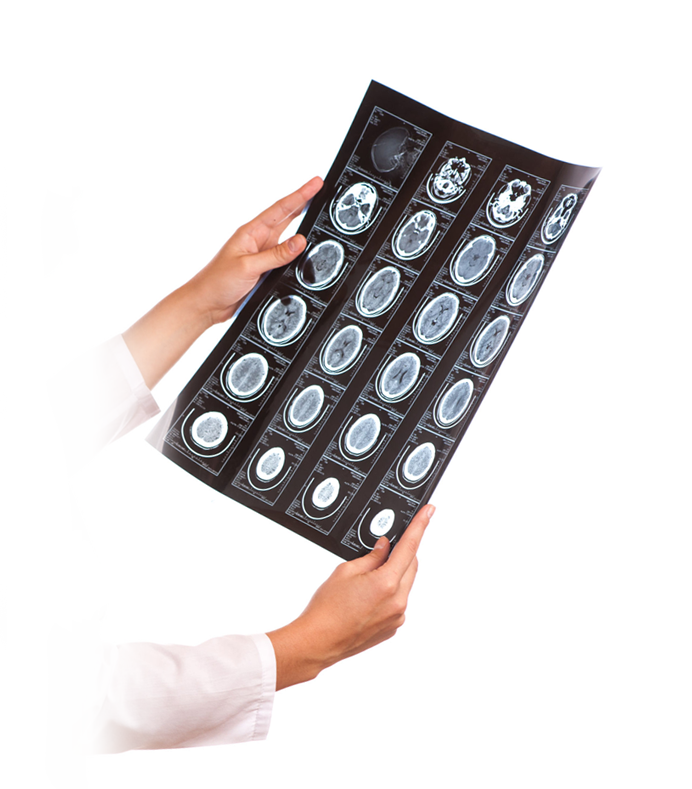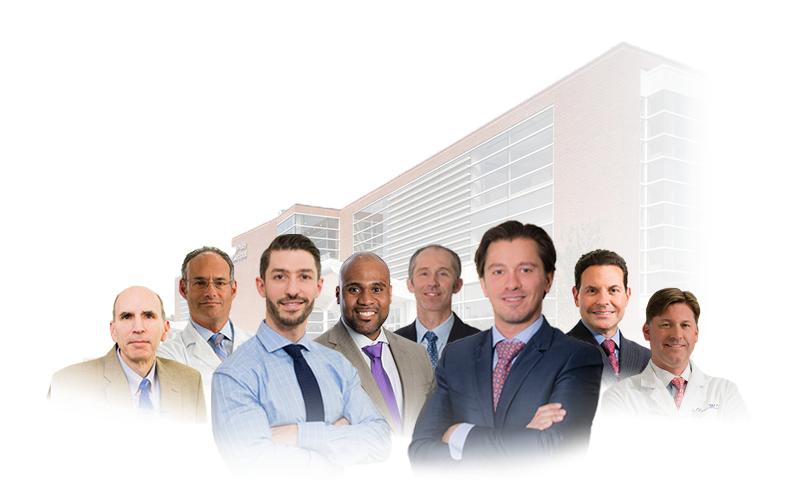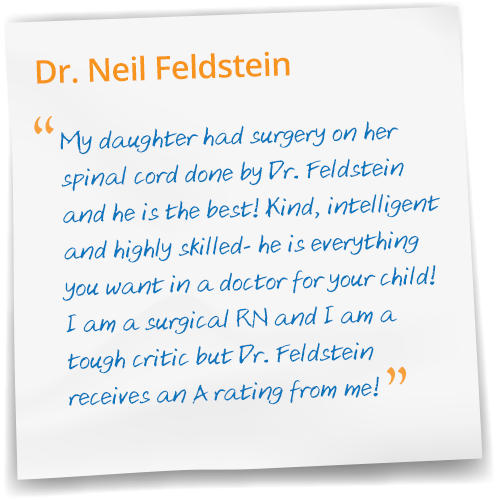What to Expect During Your Consultation
Prior to your appointment with a Chiari malformation neurosurgeon, you will need to send over your scans. The receptionist will inform you of what scans are needed when you schedule your consultation.
When you arrive for your appointment, you will be asked to fill out forms. The questions on these forms will help your doctor determine if the symptoms you are experiencing are caused by a Chiari malformation. During your consultation, your neurosurgeon will have a discussion with you about your medical history, perform a physical exam, review your scans and discuss your prior treatments.
Conservative treatments, such as medication, physical therapy and pain management are always recommended first. If you have tried these treatments already, or your neurosurgeon feels that you would be a good candidate for surgery, you will be sent to get a special MRI, which shows the flow of fluid to the affected area.
Regardless if you are recommended for conservative treatment or sent for an additional MRI, you will need to come back for a follow-up appointment to discuss next steps.
















